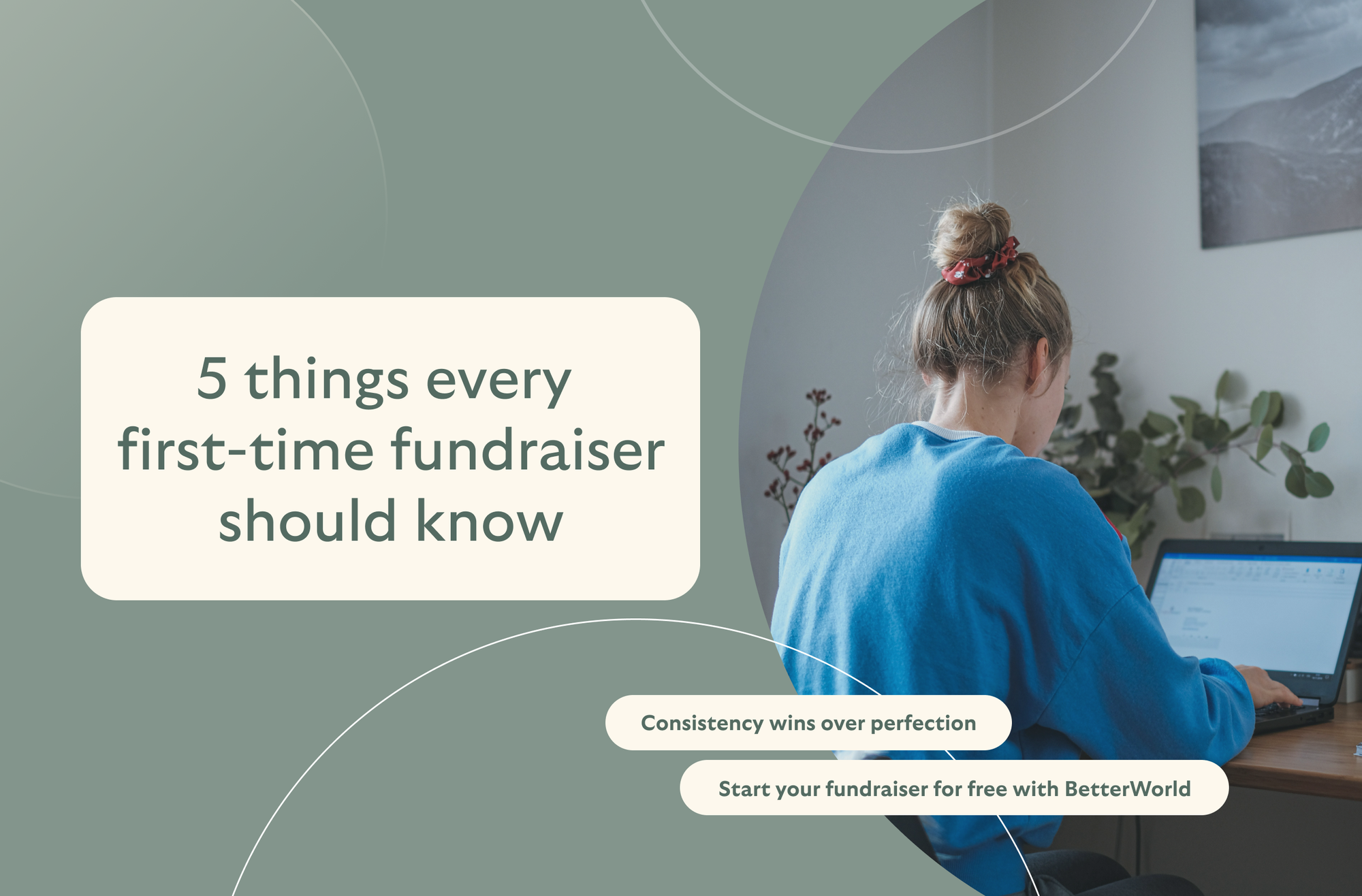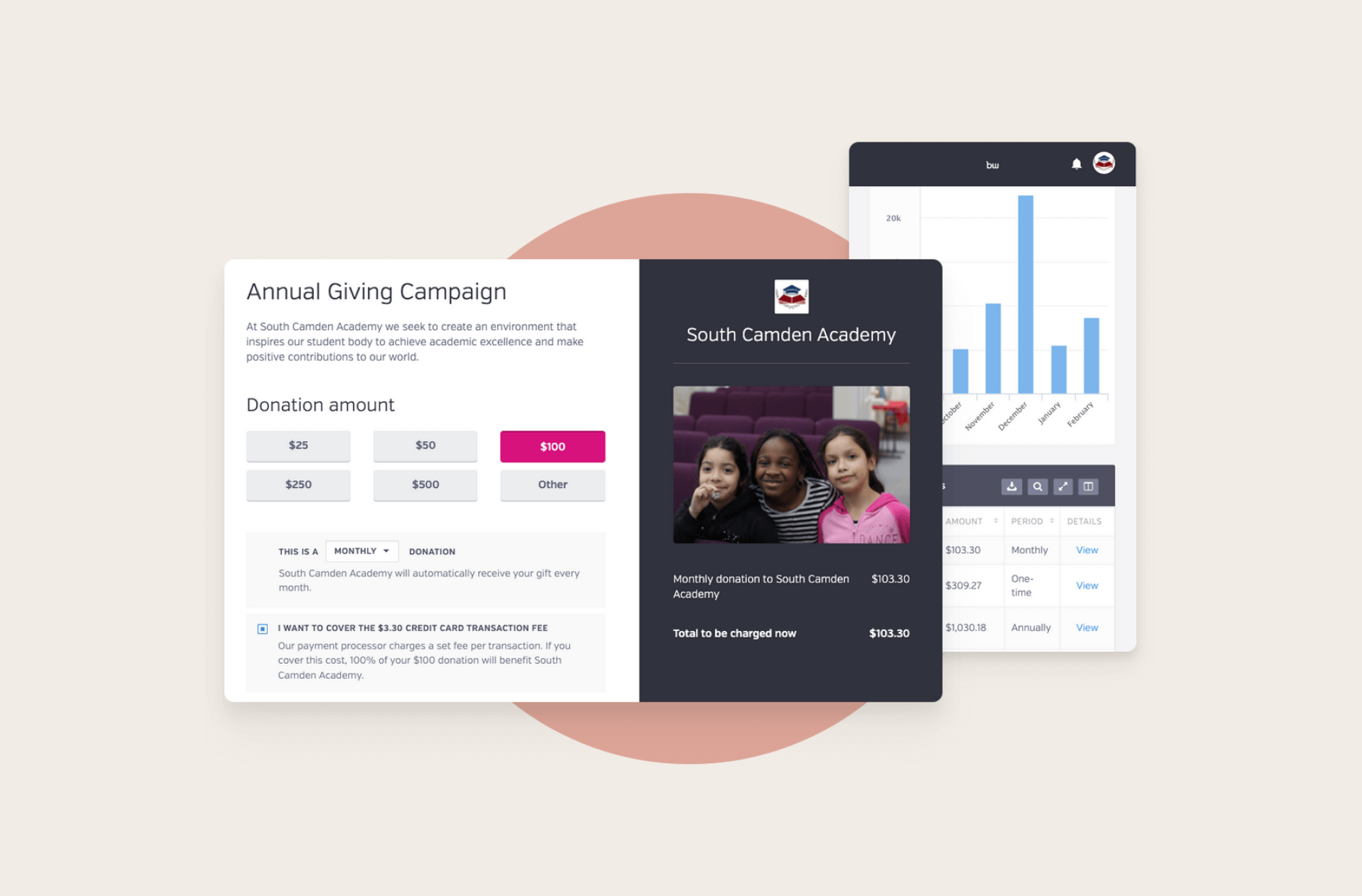Simplify donations with customizable default donation amounts
Streamline your processes and keep online and offline donations in one place
Engage with your donors with automatic updates
Give your donors the ability to donate once, monthly, or annually
9 Tips On How To Ask For Donations In Person
By Whit Hunter

Asking for donations in person can seem challenging, but it's essential for nonprofit workers and volunteers. If you're working to gather funds for a local charity, a school project, or a community event, understanding how to approach potential donors effectively is key.
In this blog, we'll share 9 simple tips to help you confidently and respectfully ask for contributions. We'll cover everything from preparing your pitch to saying thank you. So, if you want to improve your fundraising efforts, stick around for some handy advice that will help you achieve your goals.
1. Prepare Your Pitch
When preparing to ask for donations in person, your pitch is your secret weapon. It's essential to come up with a pitch that's clear, concise, and compelling to capture the attention of potential donors effectively.
Get the basics right by familiarizing yourself with your organization's mission, goals, and the specific outcomes your projects aim to achieve. Being able to confidently speak about your organization's work and its importance not only shows your passion but also builds trust with potential donors.
Here's how to make a good pitch:
· Start with Something Catchy
Use an interesting fact or question to get people's attention right away.
· Explain What You Do
Tell them about your organization, what problem you're trying to solve, and why it's important. This is your chance to share what makes your cause special and how their donations will make a difference.
Focus on how the donations help the community or the cause, not just on what your organization does.
· Keep it Short
Try to keep your pitch to 30 seconds. It shows you respect their time but lets you share your message strongly.
· Use Simple Words
Make sure everyone can understand your pitch by using easy words and avoiding complicated terms that might confuse people.
· End with a Call to Action
Ask them to help out, whether by giving money, volunteering, or just telling others about your cause. Be clear about how they can do this.
Following these tips will help you create a pitch that people will listen to and respond to.
Remember, if you're passionate about your cause, let that show. Your enthusiasm can inspire others to join in and help make a difference.
2. Know Your Audience
Understanding and researching potential donors is one of the most vital steps in creating an effective in-person donation request. Your whole pitch can be wasted if you are not presenting it to the right person.
Here are some strategies from our research that can help you personalize your approach based on a donor's interests and past giving:
- Start Simple
Use Google and Wikipedia to find basic info about people you think might donate. You can learn a lot from what they do for work and things they've given money to before.
- Check Your Own Records
Your CRM system that keeps track of donors can show you who has given money before, how often, and how much. It helps you figure out who might give more.
- Look at Social Media
Websites like LinkedIn can tell you about a person's job and who they know. This information helps you guess if they might be able to give money and if they’d be interested in what you do.
- Make it Personal
When you talk to potential donors, mention things your group does that they might like, based on what you've learned about them. If they've been to your events or helped out before, remind them.
Find out if they've given to similar causes, and explain how giving to your group will help in ways they care about.
3. Practice Makes Perfect
Before you ask anyone for donations, it's key to practice your pitch. Think of it like rehearsing for a school play. You wouldn't just go on stage without practicing your lines, right?
The same goes for asking for donations. Start by practicing in front of a mirror. It helps you see your facial expressions and body language.
Next, try role-playing with a friend. Pretend they're a potential donor. This technique is super helpful because it feels more like the real thing. You can get feedback, adjust your approach, and become more confident in what you're saying.
Record yourself to hear how you sound and fix any parts that are unclear.
Remember, the more you practice, the better you'll get at asking for donations in person.
Want to raise more Donations? Try BetterWorld’s Donation Tool for FREE!
4. Choose the Right Time and Place
Picking the right spot and time to ask for donations is another important part of asking for donations in person.
It's like choosing the perfect moment to snap a photo where everything needs to be just right. Go for a quiet, comfortable place where you can talk without interruptions.
Timing is everything, too. Don't rush to ask right away. Wait for a moment when the person seems relaxed and open to conversation. Avoid busy times like holidays or personal events.
A thoughtful approach means you respect their time and space, making them more likely to listen and help.
5. Dress Appropriately
In-person donation requests require preparation and an understanding of your audience. Dressing appropriately is part of this preparation, showing your respect for the donor's time and contribution.
Make sure your outfit matches what your organization stands for. If you're part of a formal group, dress up a bit.
For a casual charity, keep it neat but relaxed. Also, think about what the donor might expect. You don't want to show up in a suit if they're used to a more laid-back vibe.
Remember, your dress shows respect and professionalism, and it makes people more likely to trust you and your cause.
7. Listen Carefully
When asking for donations in person, the art of listening cannot be overstated. It’s about more than just hearing words. It shows that you truly care about what potential donors are saying.
Make sure to look them in the eye, nod to show you understand, and ask questions that show you're interested. Your reactions make donors feel respected and valued, creating a closer connection.
Listening is as crucial as talking. By paying close attention to donors’ words, you show them they matter for more than just their money.
Your perfect approach not only helps get donations but also builds trust and respect.
8. Respect the Donor's Decision
Asking for donations in person can lead to rejection at times. It's important to handle such moments with grace to keep a good relationship for later chances.
If someone decides not to donate, thank them for their time and thought. Showing respect for their decision keeps the door open for future talks.
Remember, a no now doesn't mean a no always. Keep the conversation upbeat and express hope to stay in touch.
Handling rejection with grace and positivity not only makes you and your cause look good but also keeps potential donors open to future requests.
9. Acknowledge Any Amount
Everyone likes to feel appreciated, and donors are no exception. When you thank someone for their donation, no matter the size, you're telling them that their contribution matters.
It’s about recognizing their effort and willingness to support, not just the monetary value they provide.
Saying Thanks That Encourage Future Support
Thanking donors isn't just about good manners but also a strategy to encourage them to continue supporting your cause.
A sincere thank you can make donors feel connected to your organization and more likely to donate again in the future. Here are some simple, effective ways to say thanks:
- Personalize Your Thank You
A personalized message can make donors feel special. Mention the donation amount and, if possible, how it will be used.
- Update Donors on Your Progress
Let donors know how their money is being used and the difference it's making.
- Offer Different Ways to Stay Involved
Besides donating money, there are other ways supporters can help. Invite them to events, volunteer opportunities, or to follow your organization on social media.
Bottom Line
The power of a personal request can't be overstated. It has the unique ability to turn passive listeners into active supporters and one-time donors into lifelong advocates.
So, as you step out to meet potential donors, carry with you the knowledge that your sincerity, passion, and belief in the cause are your strongest allies. Approach each conversation with the confidence that comes from knowing you're making a real difference.
Remember, every donation, big or small, is a step towards achieving your goal and creating a BetterWorld.

Join 105,000+ amazing nonprofits, organizations, and fundraisers on BetterWorld

Let our FREE fundraising tools help you raise more funds with less effort








